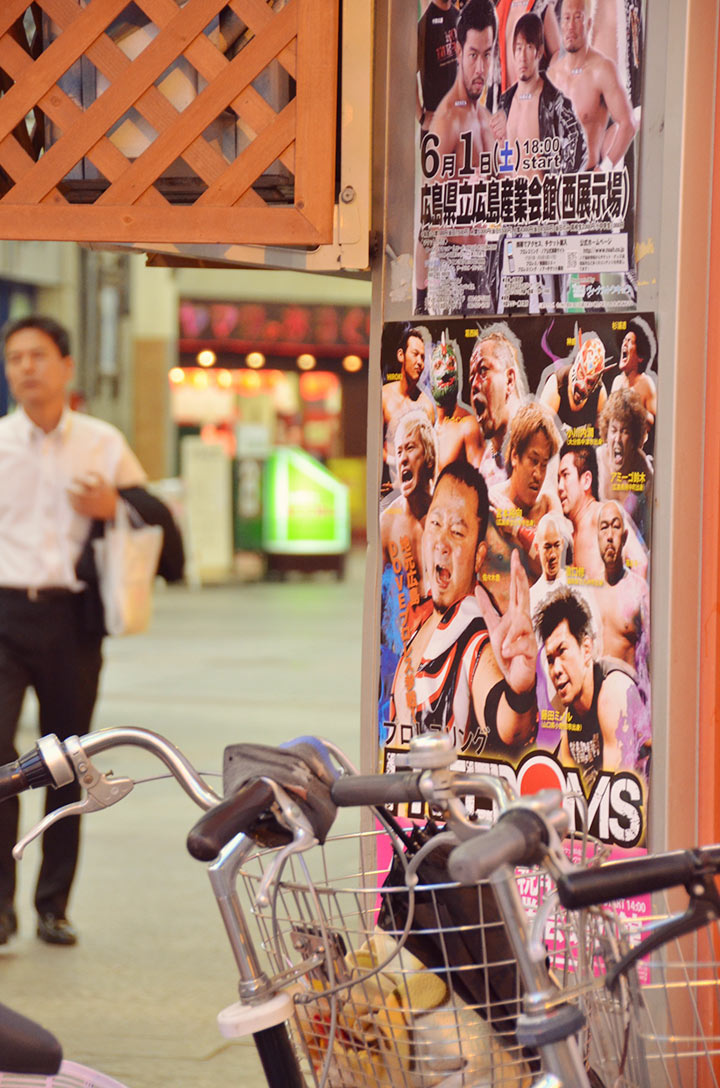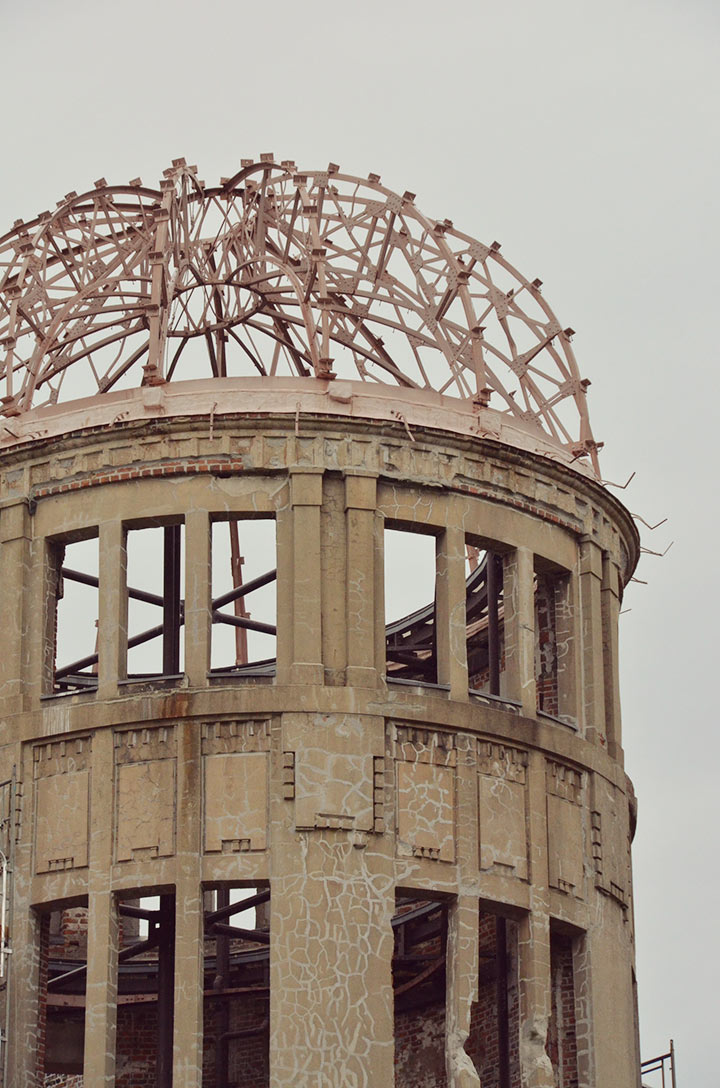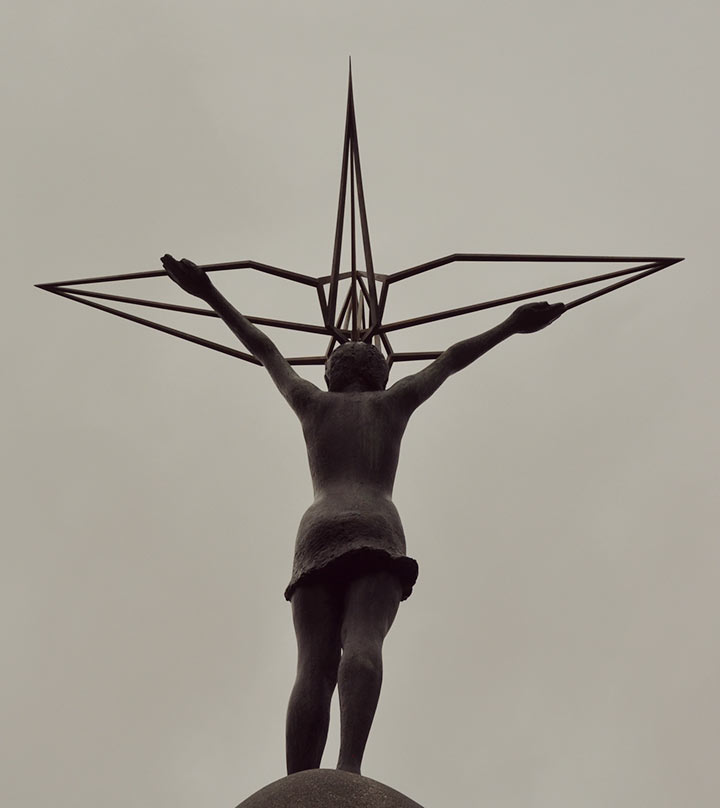Hiroshima + Miyajima, Japan
"The rainy season is coming early" we heard people say when we reached Hiroshima. And so it was, wet and a little grey but not without bursts of bike-friendly sunshine. The melancholy weather reflected our mood as we made our pilgrimage to the Atom Bomb Memorials that for many are synonymous with this city. But we walked away feeling quite positive after chatting with school kids who were eager to talk about the future and a lasting peace, even if it was part of their homework.
We watched student groups, bow respectfully toward the concrete cenotaph which perfectly aligns to frame the Peace Flame and the A-Bomb Dome and marvelled at the thousands of paper cranes (symbols of peace) sent in from around the world. Hiroshima residents continue to be vocal on nuclear abolishment in the wake of Japan's recent tragedy and this is even more prescient in a world where someone is constantly beating a war drum.
In a strange way, Hiroshima reminded me of Belgrade (my home town), maybe because of the numerous rivers and wide boulevards that traverse it, or perhaps because of its wounded history.
...
We were also eager to venture out on the water. Miyajima Island, a short ferry ride away, is an oasis—but a busy one. Sure the tourists all know about its 'floating' Torii gate, but if you hop on a bike rental you can be alone in the hills of Mount Misen in minutes. Maybe not exactly alone, but free of people.
The most numerous inhabitants of Miyajima are tame deer, which wander, graze and nap in every which corner. Deer are thought sacred in the Shinto religion because they are considered messengers of the gods. In the past, the inhabitants of Miyajima Island were forbidden to till the ground, give birth, die or be buried on the sacred ground. Even today there are no hospitals or cemeteries on Miyajima Island.


























